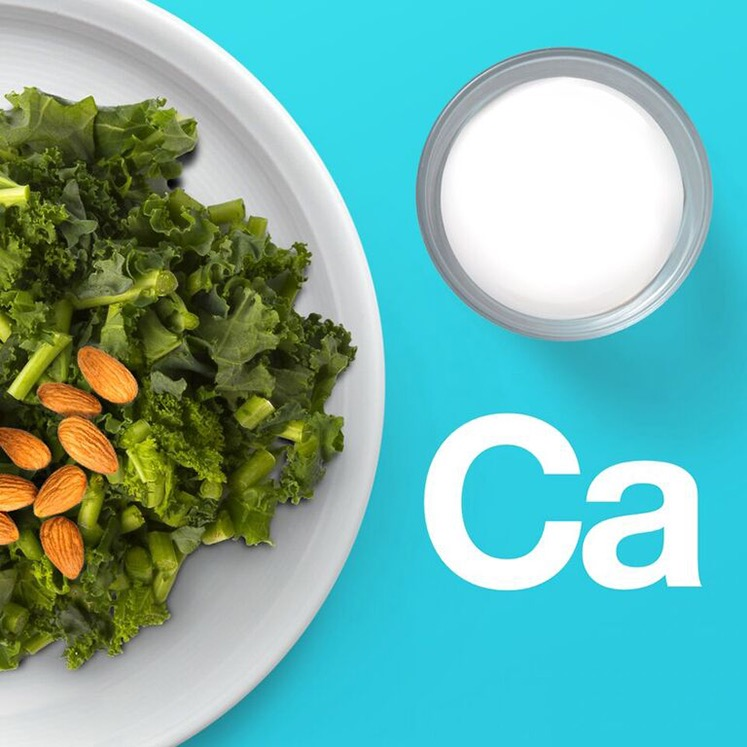Most Canadians don’t get enough calcium—do you?
Most Canadians don’t get enough calcium. In fact, 87% of women between the ages of 19–50 have inadequate calcium intakes.1 But while the benefits of calcium are well-known, did you know that your dietary calcium intake can predict how well you are eating overall?2 Studies have shown that diets low in calcium are also low in many other key nutrients.3 This comes as no surprise since calcium-rich foods are nutritious and are among the foods Health Canada recommends, including:
- dairy products
- some beans and tofu (made with calcium)
- most dark leafy greens
- fish (i.e. canned with bones)
 About the Calcium Calculator™
About the Calcium Calculator™
The Calcium Calculator™ is an award-winning, validated, nutrition education resource to help individuals assess their calcium intake and make a plan for action.
BC Dairy no longer provides hard copy versions of the calcium calculator resource. If you are interested in a digital version, contact our registered dietitians.
Why is calcium important?
Getting enough calcium to support bone development is important throughout our lives. Calcium is not produced by our bodies so we need to get it from our diet. The majority of the calcium in our bodies is stored in bones and teeth, but calcium is also involved in a number of other important processes in the body.5 Although peak bone mass (PBM) is reached between the ages of 20–30, bone tissue is being replaced all the time—meaning the bone you have today didn’t exist in your body 10 years ago.5 Research has shown that adequate calcium intake is associated with increased PBM. It is also associated with lower risks of fracture and osteoporosis, which mean fewer health-associated costs related to hip and other fractures later in life.5
References
- Health Canada.
Do Canadian adults meet their nutrient requirements through food intake alone?
Canadian Community Health Survey, Cycle 2.2 Nutrition. 2012. https://www.canada.ca/content/dam/hc-sc/migration/hc-sc/fn-an/alt_formats/pdf/surveill/nutrition/commun/art-nutr-adult-eng.pdf Accessed May 22, 2018. - Weinberg, L et al.
Nutrient contributions of dairy foods in the United States, continuing survey of food intakes by individuals, 1994–1996, 1998.
Journal of the Academy of Nutrition and Dietetics, 2004; 104: 895–902. doi: https://doi.org/10.1016/j.jada.2004.03.017 - Rafferty, KA, Heaney, JB, & Lappe, JM.
Dietary calcium intake is a marker for total diet quality in adolescent girls and women across the life cycle.
Nutrition Today. 2011; 46: 244-251. doi: 10.1097/NT.0b013e318230e5b5 - Ross, AC, Taylor, CL, Yaktine, AL, and Del Valle, HB.
Dietary reference intakes for calcium and vitamin D. Institute of Medicine (US) Committee to Review Dietary Reference Intakes for Vitamin D and Calcium.
National Academies Press, 2011. - Weaver, CM.
Calcium in health and disease: What is enough and how do we get it?
[Powerpoint slides], 2018. https://bcdairy.ca/nutritionforum/presentations/forum2018. Accessed on May 22, 2018. - Ulmi, S, McGowan, P, Gray, D, & Savoy, D
Moving beyond information: Evaluation of a nutrition education tool based on a theoretical model.
European Journal of Clinical Nutrition. 1999; 53: S49-S53.